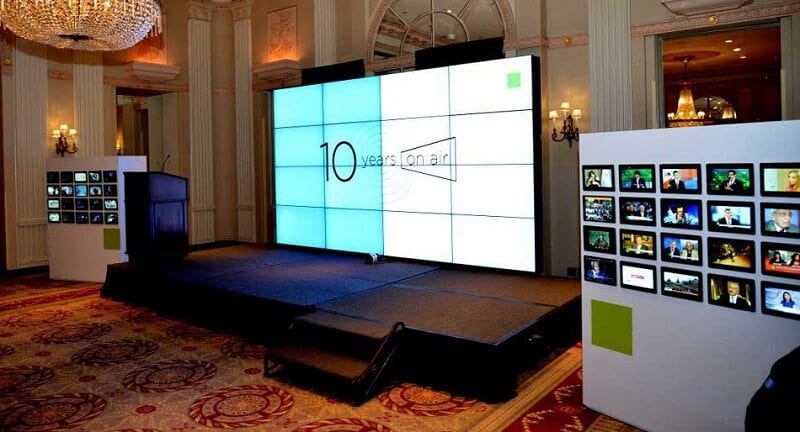Light Emitting Diode display walls are more common in various settings, such as music events, athletic competitions, and corporate presentations. These large displays consist of composed of numerous individual Light Emitting Diode panels that work together to create a single unified visual. Various multiple kinds of Light Emitting Diode display screen technologies available, each with its unique characteristics as well as advantages. Grasping these technologies options can assist businesses and organizations choose the right solution for their specific needs.

A common kind of LED display screen technology is the direct view Light Emitting Diode. This technology utilizes separate LED modules which are placed near in proximity to create a large display. Directly viewed LED walls are recognized for their elevated brightness and lively hues, making them ideal for external activities or brightly illuminated settings. They also have a wide sight perspective, allowing means that people can view the screen clearly from different positions. This renders direct view LED screens a favored choice for stadiums as well as external events.
Another type of Light Emitting Diode video screen technology is the LED-backlit Liquid Crystal Display. Such technology combines conventional Liquid Crystal Display displays with LED illumination for improved luminosity and color accuracy. LED-backlit Liquid Crystal Displays are often utilized in indoor environments, such as shopping malls and conference rooms. They provide superior visual clarity while are generally more affordable than directly viewed LED walls. However, they may often function as effectively in well-lit settings, since the backlighting can sometimes wash out the colors.
A third option is the Organic Light Emitting Diode display wall. OLED solution offers exceptional differentiation as well as hue richness compared to other types of displays. Every dot in an OLED display produces its led video wall design ideas individual light, allowing for true blacks and vibrant colors. This makes OLED video walls especially appealing for applications which demand high-quality visuals, such as art galleries or high-end retail stores. However, OLED technology can be more expensive while may often be as bright as direct view LED walls, making it less suitable for outdoor use.
Along with these technologies, there are also multiple uses for LED video walls. These displays can be utilized for advertising, entertainment, as well as data display. For example, businesses often use LED video walls for electronic advertising to attract customers as well as advertise products. In entertainment, these displays enhance the sight experience at concerts and gatherings, providing lively backgrounds and captivating images. Within business environments, LED video screens can be utilized for presentations, video meetings, and training sessions, helping to communicate data through a visually appealing way.
To summarize, LED video screens are available in different types, every with its unique benefits and applications. Direct view LED walls are great for external applications, while LED illuminated Liquid Crystal Displays are more suitable for interior settings. OLED display screens offer exceptional visual clarity yet may come at a higher price. Understanding these differences can assist entities make knowledgeable decisions about the best kind of LED display wall best satisfies their needs, whether for promotion, entertainment, or business applications.
Comments on “A Comprehensive Analysis of Various Light Emitting Diode Display Wall Techniques and Their Uses”